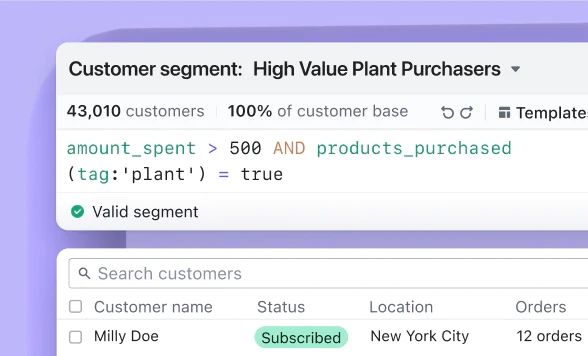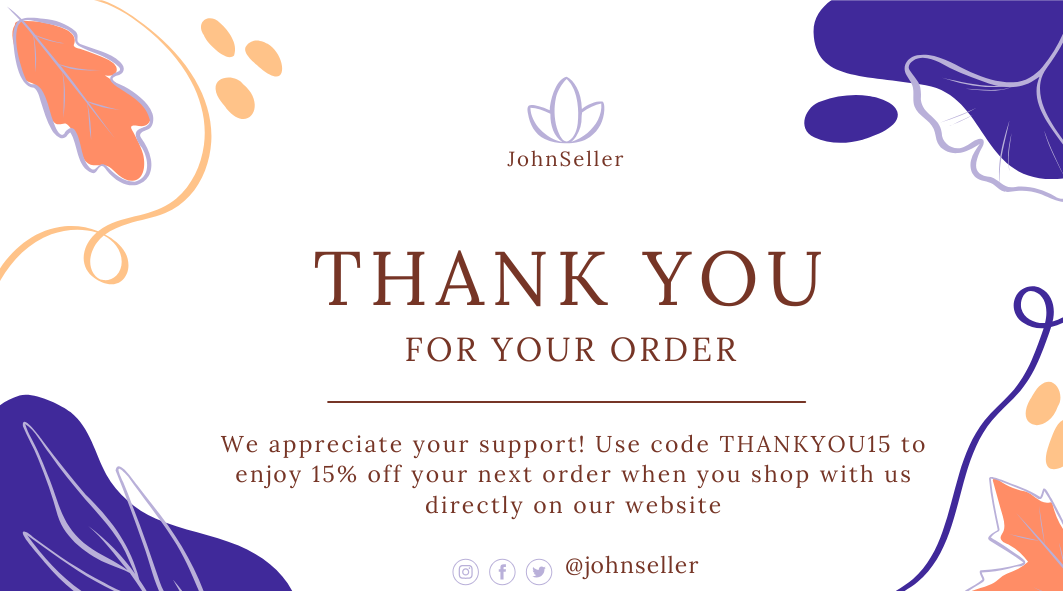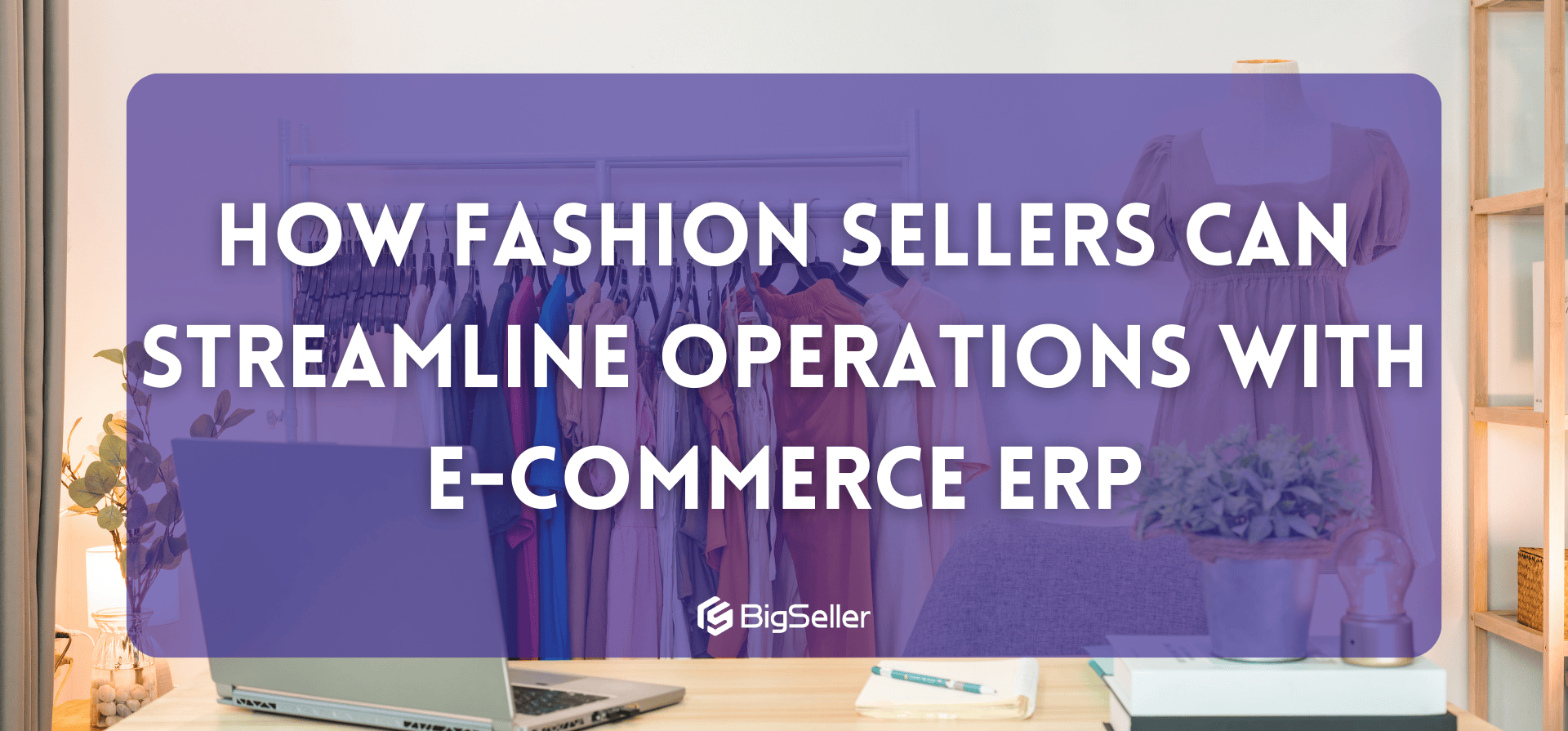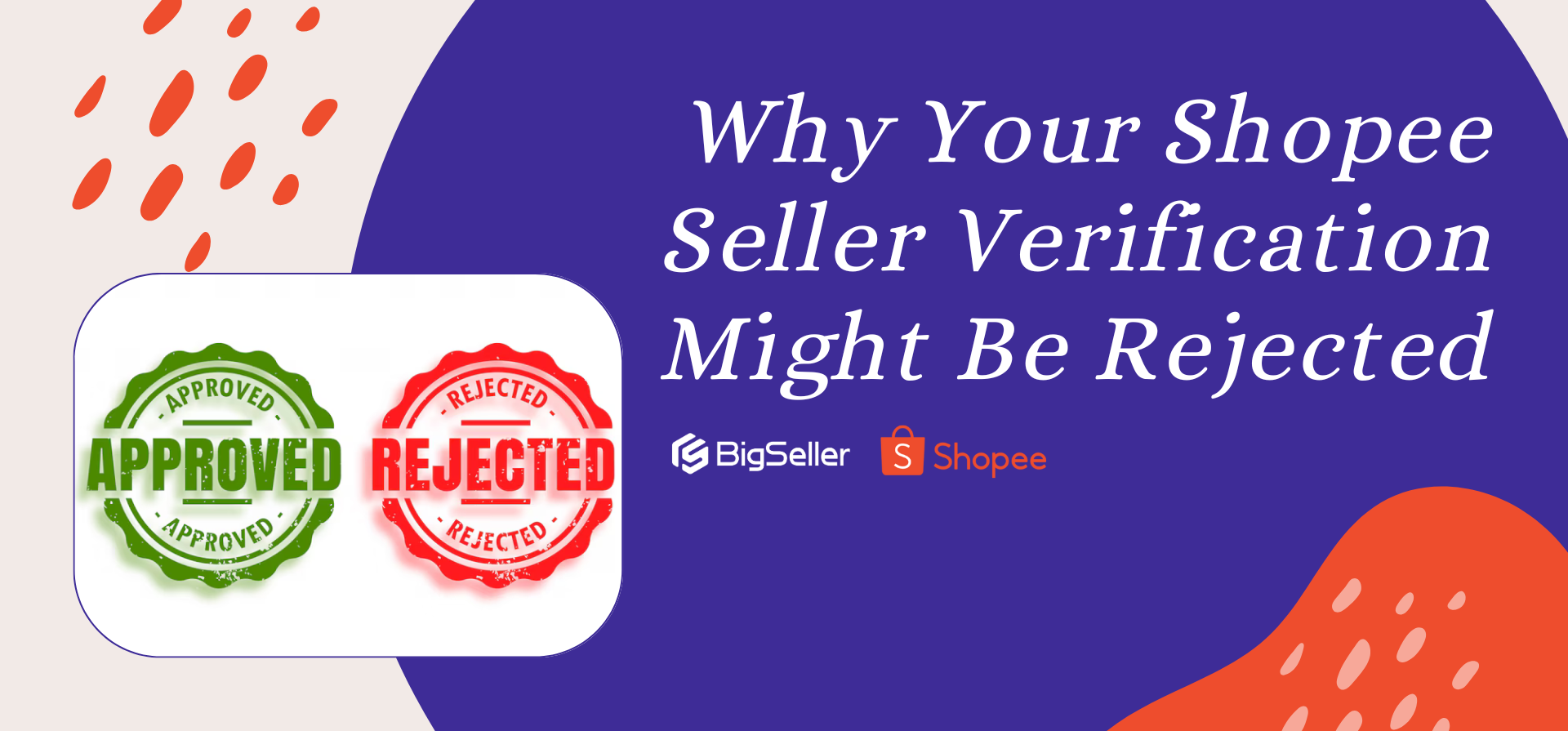Webstore Business Strategies for E-Commerce Sellers Competing with Marketplaces
Erra 09 May 2025 06:14ENCopy link & title
If you've been selling online for a while, you've probably noticed how expensive it's getting to stay on platforms like Shopee, Lazada, and TikTok Shop. For sellers who also run their own webstores (like on Shopify), this price gap becomes even more obvious. Why pay 15% in commission when your own site only takes about 1%?
But at the same time, marketplaces bring in traffic you might not get through Google or social media alone. So, how do you strike a balance? Should you raise your prices on marketplaces? Should you try to redirect buyers to your website? Or is it better to just focus on one channel and do it well?
Let's look at how webstore owners can stay profitable while still using marketplaces to their advantage.
Why Sellers Still Use Marketplaces Despite the High Fees
Platforms like Shopee, Lazada, and TikTok Shop have become the default shopping choice for many Malaysians. People trust these platforms because:
-
They offer fast and reliable delivery.
-
Shoppers can compare prices easily.
-
There are big discounts during campaign s like 5.5, 11.11, or 12.12, which attract more buyers.

So even though sellers are losing a chunk of money to high commissions , they continue selling there because:
-
These platforms already have a large active audience ready to buy.
-
Payment, shipping, and returns are handled by the platform.
-
Your brand can get discovered by people who have never heard of you before.
But the downside? You may get more exposure , but you're often forced to cut prices or spend on ads and vouchers just to stay visible. This means lower profit margins or even losses, just to remain competitive on the platform.
What Webstores Offer That Marketplaces Don't
When you sell through your own webstore like Shopify, you have full control over everything. Even though your sales volume might be smaller compared to marketplaces, you get several big advantages:
Lower fees
You only pay 1–2% in transaction fees instead of giving up 10–15% commission like on marketplaces. That means more profit per sale.
More control
You can design your website however you want from product pages, images, checkout process to promotions. You can also create upsell offers (like “add this for RM10”) and build a better customer experience.
You own the customer data
On your website, you can collect emails, track behaviour, and use that info to retarget customers through ads or email campaigns. Marketplaces don’t let you do that.

No price war
You don’t have to worry about other sellers undercutting your price by RM1 or RM2. On your own site, it’s just you and your customer, so you can set your price confidently without competing side-by-side with dozens of others.
Can You Compete with Marketplaces? Yes, With Smart Business Strategies
You don’t need to stop selling on Shopee, Lazada, or TikTok Shop. Instead, use them with a smart plan so you don’t lose too much money.
Adjust Your Pricing for Each Platform
Because marketplaces charge high commission fees, many sellers choose to slightly increase their product prices there to cover the cost. Then, on their webstore, they offer better deals or bundles to encourage customers to shop directly.
Just be careful not to say “cheaper on our website” in your marketplace listings as it could get you penalised. Instead, use phrases like:
-
“More bundles on our website”
-
“Exclusive options available online”
This gives a subtle hint without breaking the rules.
Bring Marketplace Customers to Your Webstore
Treat your marketplace as a place to attract new customers. Once someone buys from you, include a thank-you card or flyer inside the parcel with a discount code or website link. This encourages them to shop directly from your site next time.
It’s a small gesture, but over time, it helps you build a loyal customer base that buys from your webstore, not just from marketplaces.

Drive Traffic to Your Webstore
Marketplaces have built-in traffic. Your webstore doesn’t so you have to create it.
Here’s how:
-
SEO: Optimise your product pages and blog content with keywords your audience is searching for.
-
Content marketing: Use platforms like TikTok, Instagram, or Facebook to show your products in action and link viewers to your site.
-
Email marketing: Collect emails via checkout or pop-ups, then send updates, promotions, and new arrival alerts.
It may take more time and effort, but this is traffic you own and control.
Keep Your Customers Coming Back
On marketplaces, most people only buy once and disappear. But on your webstore, you can focus on customer retention, keeping buyers loyal to your brand.
Offer them:
-
Loyalty points or rewards
-
Early access to new products
-
Special discounts
-
A better customer experience
This helps turn your webstore into a reliable, long-term revenue source and not just a side project.
Marketplaces Are Evolving, So Should You
The marketplaces know that many sellers are trying to push customers to buy from their own website to avoid high commission fees.
To stop buyers from leaving , these platforms now offer things like:
-
Cashback vouchers : customers get money back when they buy.
-
Co Funded campaigns : the platform helps cover part of your discount.
-
Limited-time discounts : during sales like 5.5, 11.11, etc.
Sometimes, with all these extra discounts, the final price on Shopee, Lazada, and TikTok Shop ends up being cheaper than your webstore , even if you try to undercut marketplace fees.
So instead of fighting the platform, the smarter move is to:
-
Use the marketplace to attract new buyers , since it offers deals people love.
-
Then focus on building customer loyalty on your own website (through better service, exclusive offers, email marketing, etc.).
That way, you still benefit from marketplace traffic, but you own the relationship in the long run.

Marketplaces = Volume, Webstore = Value
Here's the balance most sustainable e-commerce brands are working towards:
-
Marketplaces give you reach, traffic, and short-term sales.
-
Your webstore gives you ownership, better margins, and long-term brand growth.
Use marketplaces to gain attention, but don't rely on them 100%. Build a system where your webstore becomes your main hub, and let Shopee, Lazada, and TikTok Shop feed into it, not replace it.
In the end, your strongest asset isn't the platform, it's your brand and how well you own the relationship with your customer.
To support that balance, BigSeller offers the tools you need to manage everything in one place, whether you sell on marketplaces, webstores, or both. It allows you to manage product listings, monitor inventory, automate pricing, track orders, and analyse performance from one centralised dashboard.
This means you can save time, reduce errors, and scale more confidently without switching between multiple systems or spreadsheets. With BigSeller, you can simplify your operations, stay organised, and focus on growing your business.
Sign up for BigSeller today and don't forget to subscribe to our WhatsApp channel for the latest tips and updates.




